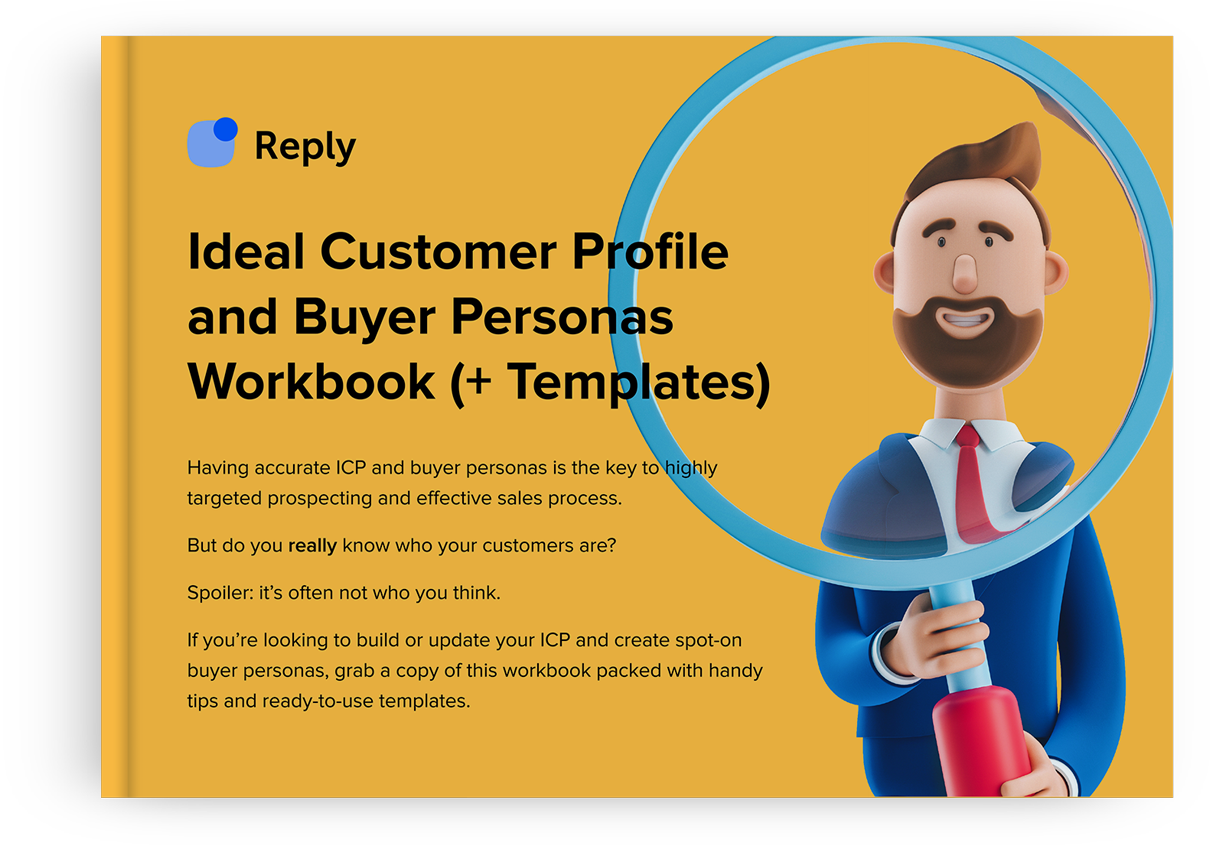With plenty of headlines about economic slowdowns and recessions doing the rounds, more than a few businesses are rethinking the way they make sales. To stay ahead of the competition and maintain a consistent pipeline, sales teams need every advantage they can get. It’s no longer enough to work harder, treating sales purely as a numbers game.
You have to work smarter.
That’s where sales intelligence comes in. In this article, we’ll take a look at exactly what sales intelligence is, why it’s so important and how you can start using sales intelligence software to boost your sales performance.
What is sales intelligence?
Sales intelligence is the process of gathering, analyzing, and interpreting data to help salespeople make better decisions.
This encompasses different categories of data, including lead and customer information, competitor details, and sales team performance. Sales intelligence also covers the specific tools and techniques used to uncover and evaluate that data.
All of this information can be used to get insights that are valuable throughout the sales process. For example, sales intelligence can help you understand what your customers want or need, predict market trends and improve customer service.
Sales intelligence is closely linked with buyer intent, where behavioral signals can be used to spot signs that a potential customer is ready to buy.
Where does sales intelligence data come from?
Sales intelligence data doesn’t just magically appear—it’s pulled from a variety of sources, all working together to give you a clear picture of your prospects.
Think of it as detective work, gathering bits of information from different places to get the full story on your leads. Here’s where the data comes from:
- Company websites → This is your first stop. Basic details like company size, location, industry, and leadership are often right there for the taking. Some tools even scrape these sites for you, so you don’t have to dig around manually.
- Social media → LinkedIn, Twitter, and even Instagram can offer gold mines of info. People share job changes, company updates, and personal opinions that can help you tailor your outreach. LinkedIn is especially valuable because it gives you professional backgrounds and connections.
- News and press releases → Keeping up with news about your prospect’s company can give you timely info, like product launches, mergers, or changes in leadership. This helps you reach out at the perfect moment with something relevant to say.
- Third-party databases → Tools like Reply aggregate data from multiple sources, giving you in-depth details on companies and prospects. These databases can provide everything from contact info to buying signals, saving you time on research.
- Intent data platforms → Some tools, like Bombora and 6sense, track web activity to show you which companies are actively searching for solutions like yours. This is super valuable because it lets you know when prospects are “warm,” meaning they’re already in the market for what you offer.
- Internal data (CRM) → Don’t forget what’s already in your system! Your CRM holds tons of valuable info—past interactions, buying history, and notes from previous calls. Use this data to guide your next move.
What are the must-have sales intelligence data points?
When it comes to sales intelligence, having the right data points is like having a cheat sheet for understanding your prospects. But it’s not just about collecting data—it’s about knowing how to use it to make your outreach more targeted, personalized, and effective.
So, what data points do you really need, and how can they help? Let’s break it down:
| Data point | What it is | How to use it |
| Contact info | Emails, phone numbers, and social media profiles | Pretty basic—you need to reach them, right? Use the platform they’re most active on. Keep LinkedIn messages casual, but make emails more polished. |
| Job title and role | What they do and where they fit in the company | Tailor your message! Execs love big-picture ideas; specialists want the details. Show them you understand their role by speaking their language. |
| Company info | Size, industry, location, and revenue | Mention something relevant about their industry or company size. Your message to a startup will sound different than one to a corporate giant—speak their language! |
| Buying signals | Signs they’re actively looking—website visits, content downloads, etc. | Spotted a buying signal? Jump on it! Reference what they’re interested in and offer to help right when they’re thinking about a solution. Timing is everything! |
| Intent data | Clues that show they’re researching solutions like yours | Reach out when the iron’s hot! Mention that you noticed they’re looking into [solution] and offer to be the answer they need, right when they’re searching. |
| Tech stack | The tools and platforms they’re already using | Know what tech they use? Use that to your advantage. Mention how your solution fits perfectly with their current setup—seamless integrations are a big selling point! |
| Recent news or events | Big moves like funding, new hires, product launches, etc. | Stay current! Did they just raise funds or launch a new product? Congratulate them and show how your solution can help them level up even more. |
| Competitor info | Who their competitors are and how they stack up | If you’ve helped a competitor succeed, flaunt it! Show how your solution has worked for companies just like theirs, and add a bit of healthy competition to the mix. |
By focusing on these must-have sales intelligence data points—and using them strategically—you’re not just shooting in the dark. You’re making your outreach smarter, more personalized, and ultimately more likely to get a response. The goal? Let’s us show you.
How can sales intelligence level up your cold outreach?
It shouldn’t be a surprise that the better informed your sales team is, the better they’ll be able to do their job. Companies are more focused on data-driven decisions and so they need to have an effective way of gathering accurate data. Sales intelligence solves that challenge, making it a valuable resource for any sales organization. Some of the main benefits include:
1. Reach out to the right customers
Experienced salespeople know that not everyone is going to become a customer. You need to find the prospects who will benefit the most from your product or service and are willing to pay for it. As a result, sales teams will spend considerable time working on ideal customer profiles (ICPs) and buyer personas.





